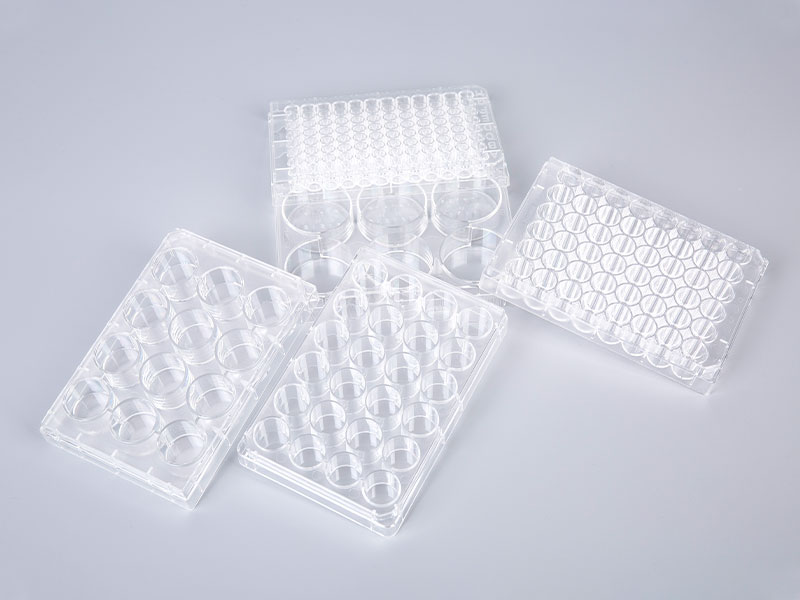What measures can be taken to minimize contamination risks when using cell culture plates?
Cell culture plates are essential tools in biological research, providing a controlled environment for the growth and study of cells in vitro. These plates come in various sizes, typically ranging from 6 to 96 wells, and are crafted from materials such as USP Class VI medical grade polystyrene. This choice of material ensures that the plates are sterile, RNase-free, DNase-free, pyrogen-free, and cytotoxin-free, meeting stringent quality standards crucial for cell culture applications.
To maintain the integrity of cell cultures and prevent contamination, rigorous measures must be implemented throughout the handling and use of cell culture plates. The first line of defense is adhering to sterile techniques within a controlled environment, such as a laminar flow hood or biosafety cabinet. These settings minimize the risk of airborne contaminants settling on the plates or entering cultures during manipulation. Personnel should wear appropriate personal protective equipment (PPE), including gloves, lab coats, and face masks, to further reduce the introduction of microorganisms from skin or respiratory droplets.

Careful handling of cell culture plates is paramount. Avoiding contact with the inner surfaces of wells and lids helps prevent the transfer of contaminants. Additionally, using separate, sterile pipettes and tips for each reagent minimizes the risk of cross-contamination between samples or wells. Proper cleaning and disinfection of work surfaces, equipment, and the cell culture incubator are essential practices. Regular maintenance of the incubator ensures that conditions such as temperature, humidity, and CO2 levels are optimal for cell growth and inhibit the growth of potential contaminants.
Monitoring cell cultures is also crucial. Regular microscopic inspection allows researchers to detect any signs of contamination early, such as changes in cell morphology or the presence of microbial growth. Quality control checks on cell lines and culture conditions should be routine, ensuring that cultures remain free from contamination and maintain their intended characteristics.
The advantages of well-maintained cell culture plates extend beyond contamination prevention. These plates provide a stable and consistent environment for cells to proliferate and differentiate, essential for studying cellular behaviors, drug responses, and disease mechanisms. By following strict protocols and maintaining a sterile environment, researchers can confidently conduct experiments knowing that their results are reliable and reproducible.
Minimizing contamination risks in cell culture plates requires a combination of meticulous technique, sterile handling, and environmental control. Adherence to these practices not only safeguards the integrity of cell cultures but also upholds the quality and validity of research outcomes. Cell culture plates, when used correctly, facilitate advancements in biological and biomedical research by providing a reliable platform for cellular studies in a controlled laboratory setting.
For more information, please call us at +86-0571-87993109 or email us at hzbioland@126.com.
Aseptic vacuum filters, like Bioland™ disposable vacuum filtration units, are designed for high-effi...
Whether used in the food hygiene industry, water monitoring, or research labs, selecting the right m...
Narrow-mouth reagent bottles are essential tools in laboratories, offering precise storage solutions...
In laboratory diagnostics, particularly in PCR (Polymerase Chain Reaction) testing, efficiency is pa...
When working with the Bioland™ Cell Shaker, one of the most crucial factors in ensuring successful c...
Polymerase chain reaction (PCR) is one of the most vital techniques in molecular biology, allowing s...

 中文简体
中文简体 English
English Español
Español русский
русский











